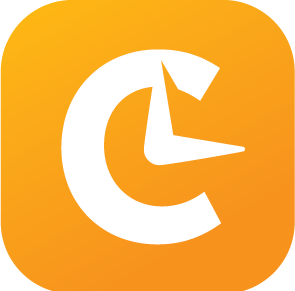
Whether you’re just starting out in the contact center workforce management (WFM) industry or are a seasoned professional, it’s no secret that every type of work has their own unique terminology.
The WFM industry is no different. Today it’s time to look at two terms which are somewhat similar but also different in their own way – utilization and occupancy.
What is utilization?
Utilization is a way within a contact center to calculate the productivity of a specific agent in comparison to what they are, in theory, able to complete throughout a workday. What utilization uncovers is exactly how effective a contact center is at maximizing the work an agent can perform based on their shift and the operational processes in place. It’s related to adherence tracking.
How do you calculate utilization?
The simple formula below provides a general framework for obtaining the utilization metric…
(Total clock in time / Total shift time) x 100
So if an agent was clocked in for 6 hours out of an 8 hour shift, they would have a utilization of 75. This means that for 75% of their shift the agent was clocked in and able to work. It’s a little low… maybe they needed a long lunch on this day alongside some additional breaks.
What is occupancy?
Contact centers, including those with workforce management software, measure occupancy to determine in a general sense what agents are doing when they are available to work with customers. This metric doesn’t factor in breaks or time away for other events. Sometimes referred to “phone ready” (PR), it correlates directly with the amount of time during the day an agent is actively involved in the customer care process. This includes time not only spent on the phone (both talking and on hold) but also after call wrap up tasks.
How do you calculate occupancy?
Determining occupancy means looking at how much time an agent spends working with customers in some way. The equation below is commonly used for creating an occupancy metric.
(Total PR time / Total clock in time) x 100
This means if an agent has a PR time of 8.5 hours and they were clocked in for 10 hours in a single day, their occupancy would be 85%.
How to combine utilization and occupancy data for the best results
Both utilization and occupancy are important metrics to a contact center on their own. However, combined they can be useful for more accurately conveying the true status of contact center operations.
The biggest difference between the two metrics is that utilization factors in the entire shift time of an agent while occupancy focuses only on when the agent is in their PR status and helping customers. Because of this, contact centers can evaluate both metrics together to best determine what changes need to be made to schedules, intraday management, and more.

|
Want one of the best scheduling solutions in the industry?Click here to learn all about the CommunityWFM Enterprise solution, featuring our highly customizable scheduling capabilities! |
For example, if occupancy is trending above 90% with most agents but utilization is around 70%, it means the agent workforce is spending less time working but when they do it’s almost always with a headset on and in conversations. This isn’t a good combination because burnout and excessive errors are more likely if agents are jumping between customer conversations nonstop when they are on the clock.
Instead, attempting to move both metrics to around 80% could keep productivity levels at a similar rate but reduce fatigue and errors because agents feel less pressure to rush between calls (the byproduct of a 90%+ occupancy score).







